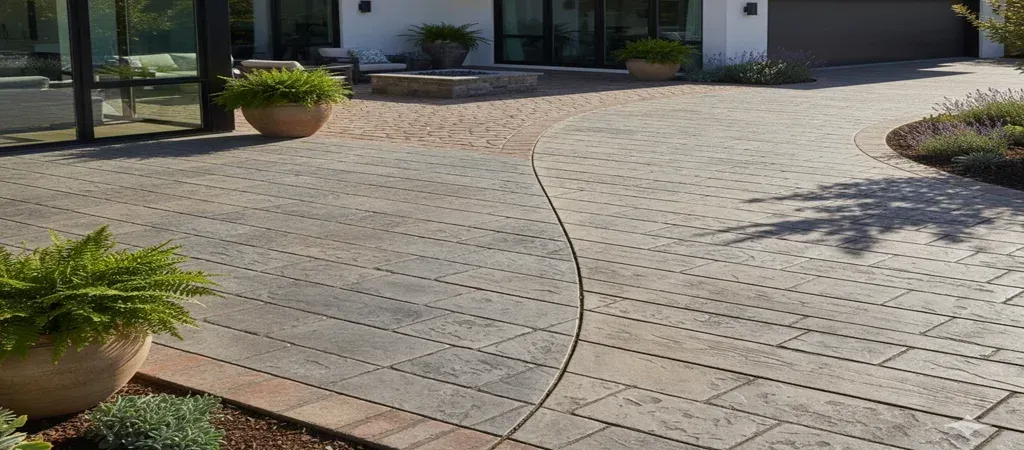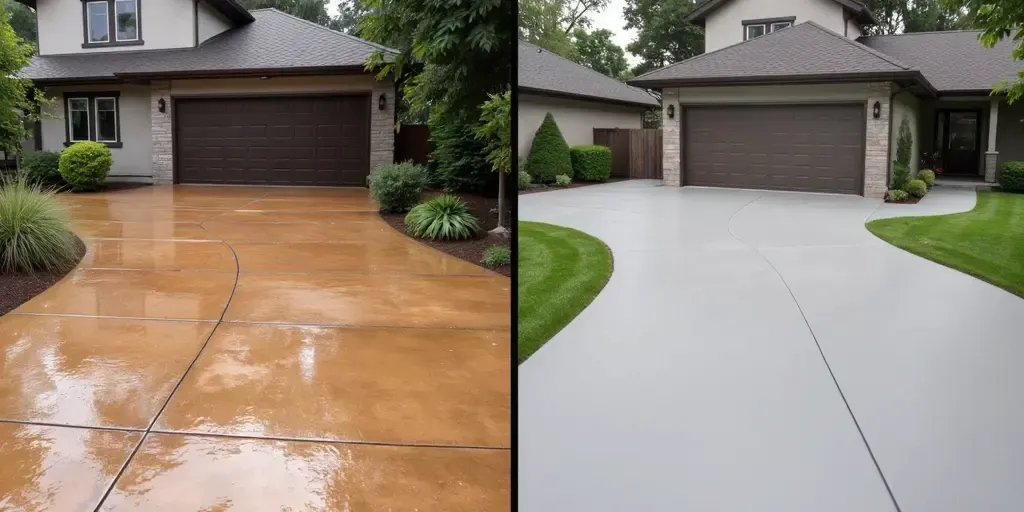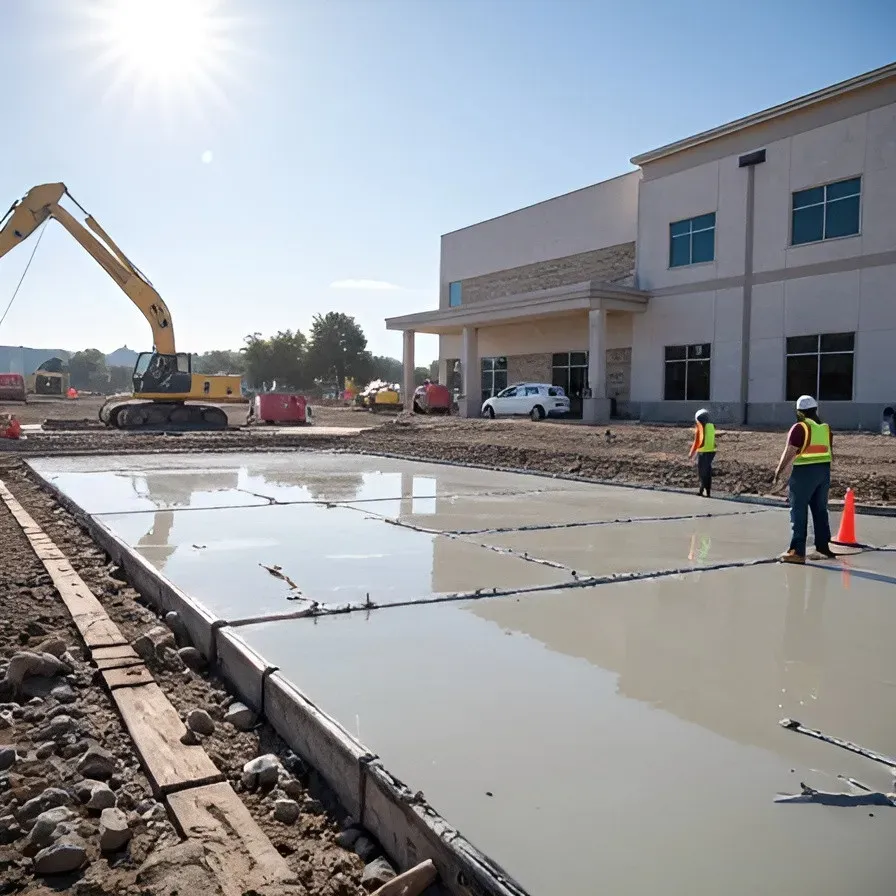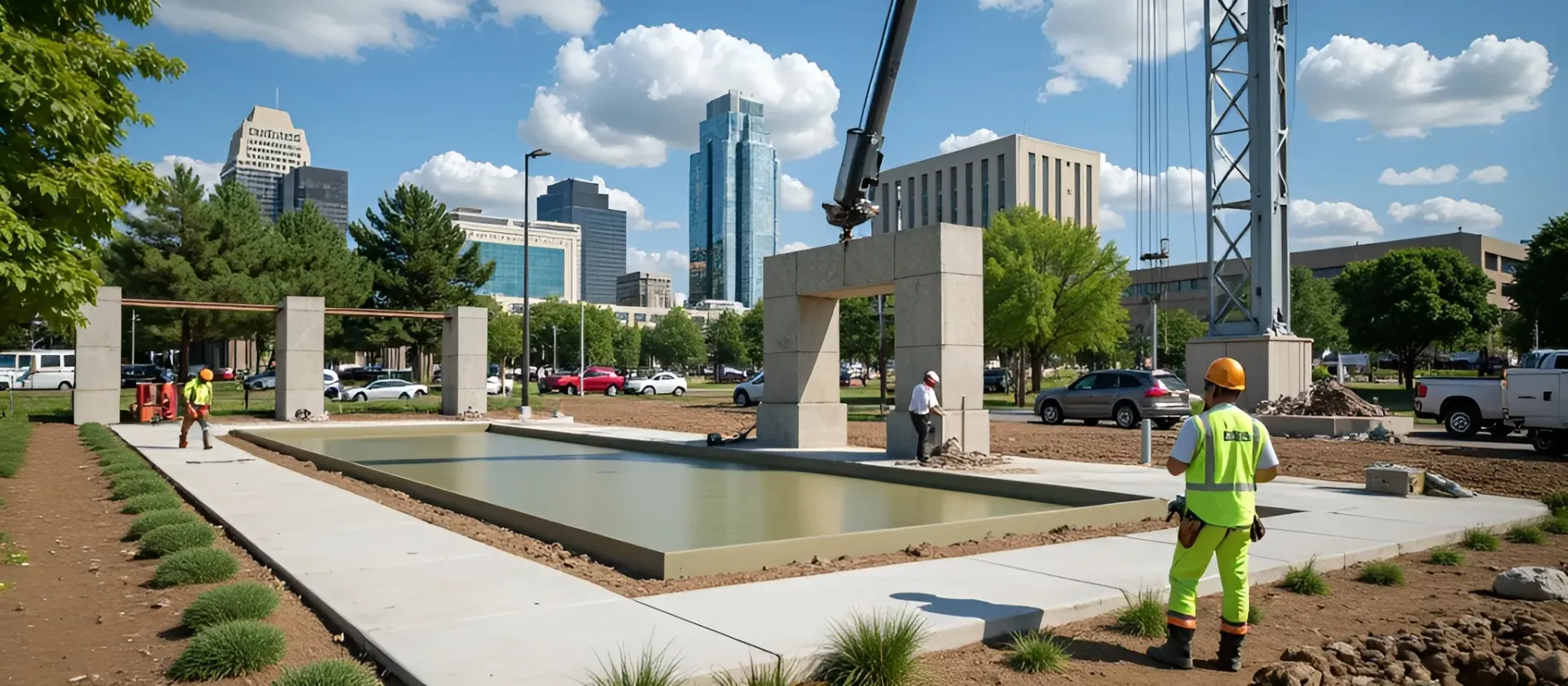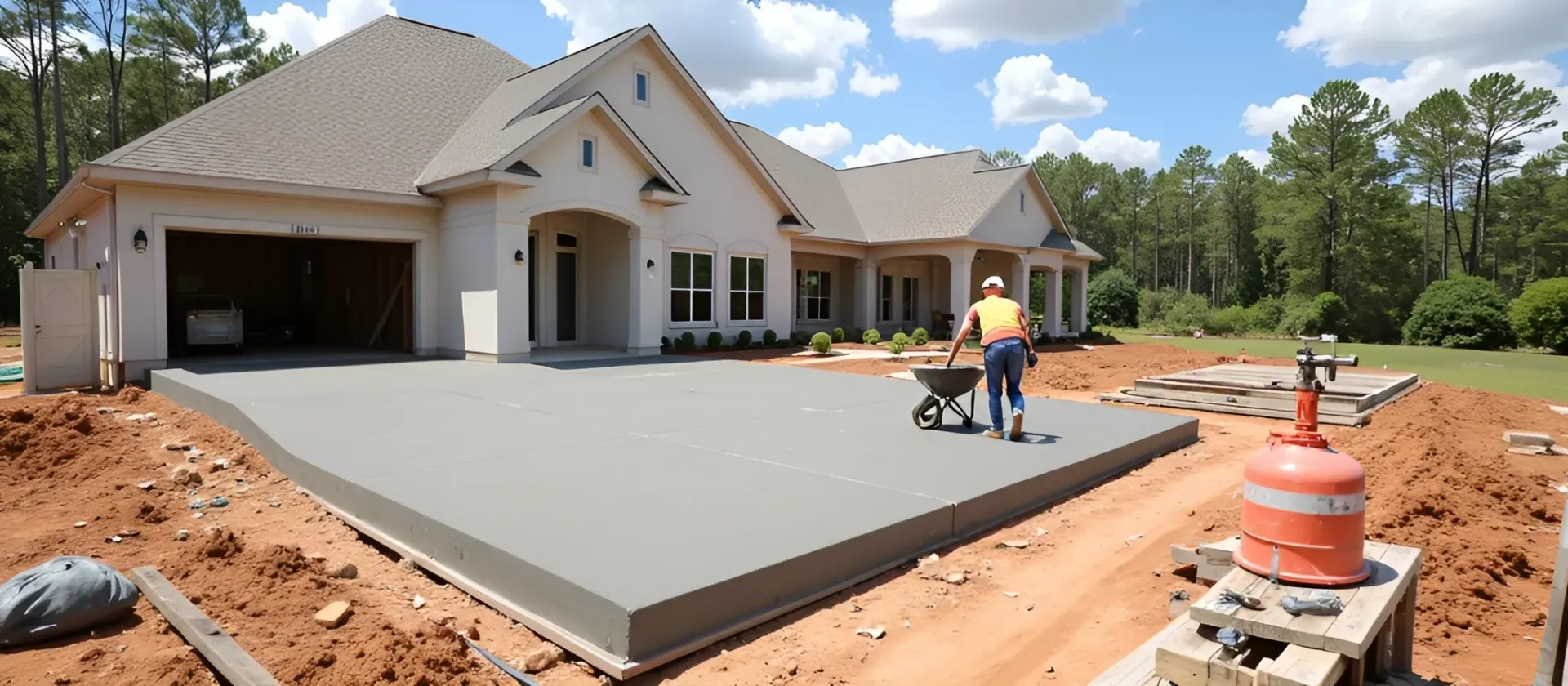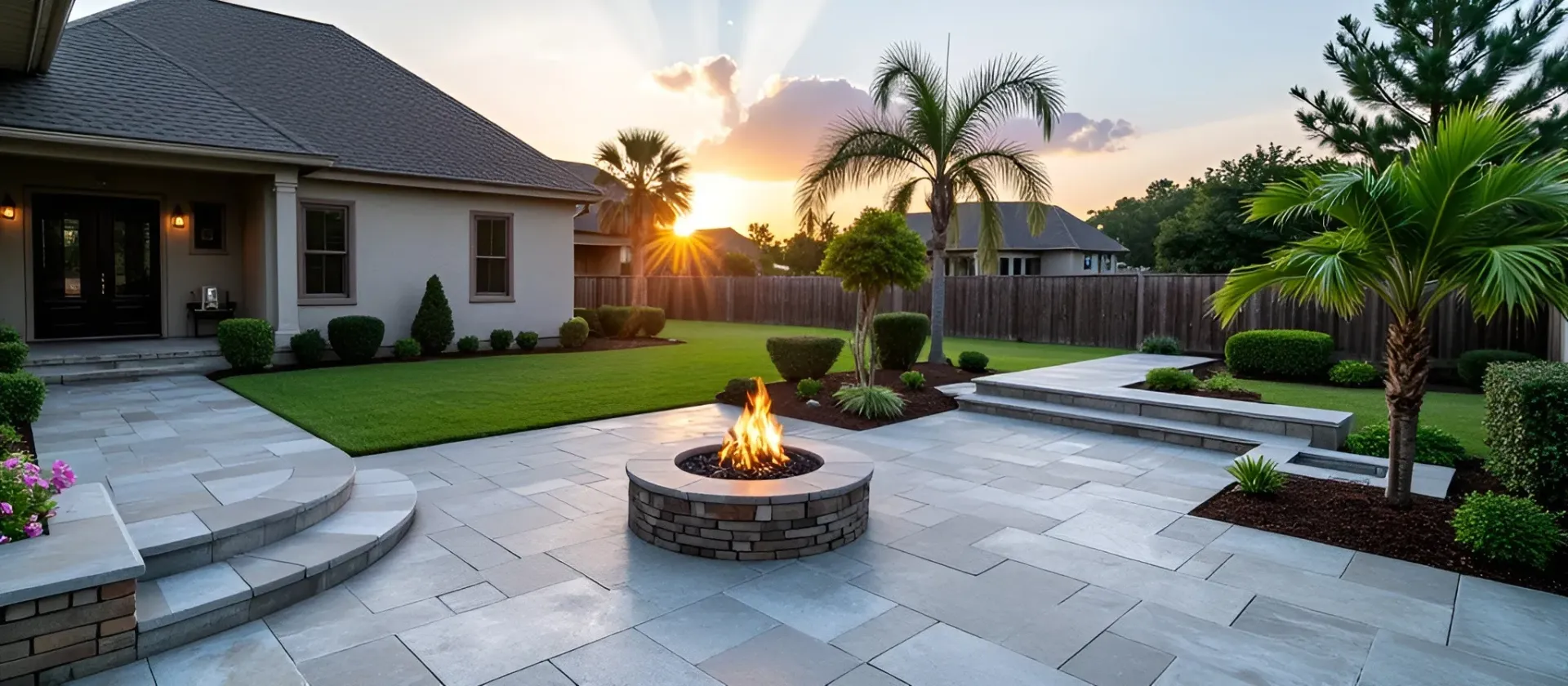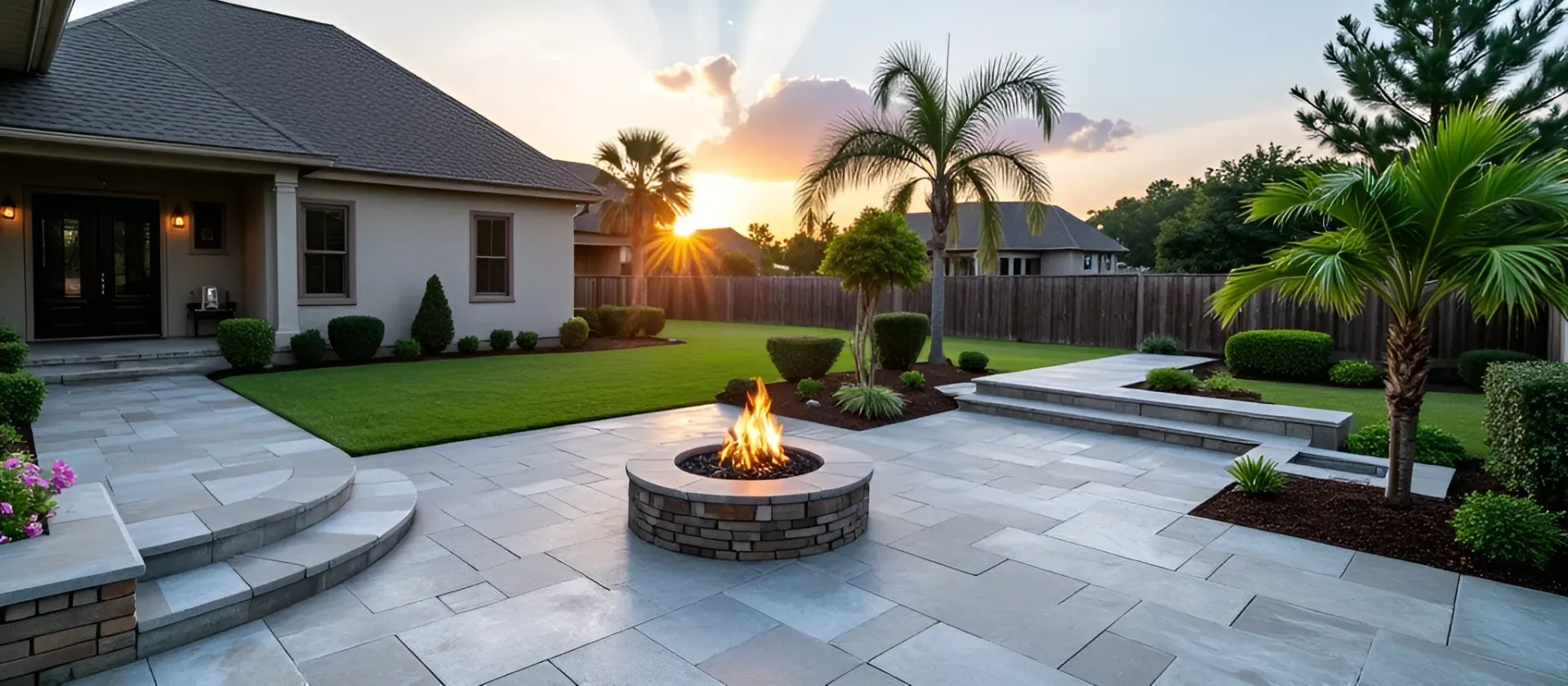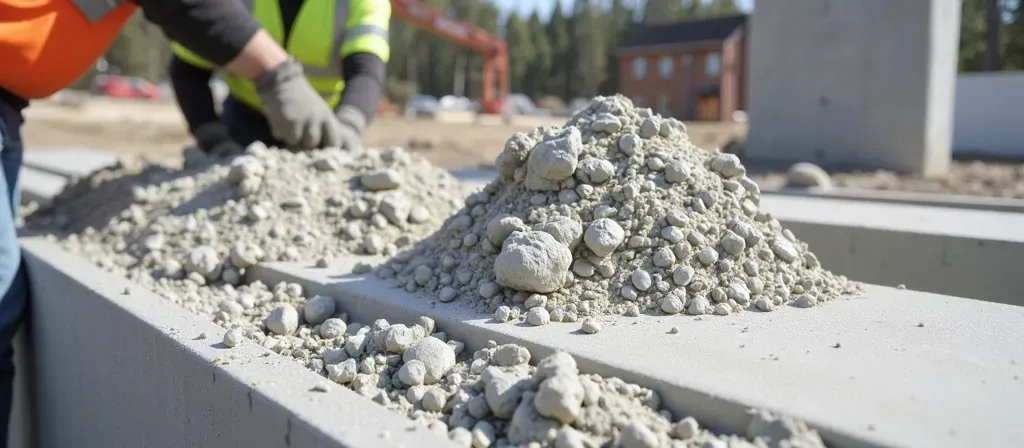Strategic Project Planning for Long-Lasting Concrete in Baton Rouge
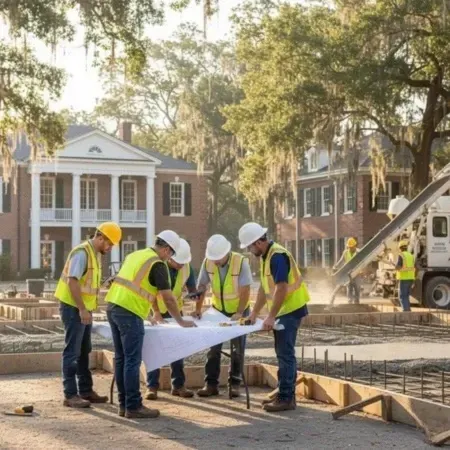
Planning is everything in commercial and residential construction in Baton Rouge. While homeowners often focus on surface finishes and decorative touches, the true measure of durability lies in how well each phase of the job is planned and executed. Lasting concrete is the outcome of foresight, timing, and technical precision. Strategic project planning sets the stage for strength that endures Louisiana’s demanding climate.
Why Planning Determines Lifespan
Concrete’s long-term performance in Baton Rouge depends less on appearance and more on the groundwork that happens before any pour. Many homeowners assume that the right PSI rating or reinforcement automatically ensures longevity. Yes, those are some of the factors affecting how long concrete will last, but concrete fails most often because of errors made during preparation. Soil conditions, moisture management, and curing times play the largest roles in determining how well a surface resists cracking and movement over the years.
Louisiana’s mix of clay and sandy soils adds another layer of complexity. Each requires different compaction methods and drainage strategies. That’s why a poorly prepared subgrade can cause shifting or dips within a year, even if the surface looks flawless at first.
Good results come from great preparation. See what goes into planning a concrete project in Baton Rouge and ensure your foundation is set for long-term success.
Meeting the Demands of Baton Rouge’s Climate
Baton Rouge weather can be relentless. High humidity, frequent rainfall, and extended periods of heat all affect how concrete cures and ages. Without the right plan, slabs can develop micro-cracks, discoloration, or moisture-related damage. Strategic preparation addresses these issues early by tailoring every decision to local conditions.
Mix ratios, reinforcement patterns, and curing schedules all need adjustment based on temperature and humidity levels. Reliable contractors in Baton Rouge commonly choose concrete mixes rated at 3000 PSI, but there are scenarios where you need higher PSI, especially for driveways and patios.
Reinforcing with steel mesh or rebar helps prevent stress fractures as the soil expands and contracts. Expansion joints, placed with intention, relieve pressure before cracks can form. Each of these details stems from planning, not improvisation on pour day.
Concrete may seem simple, but every mix tells a different story of strength and purpose. See how choosing the right blend ensures your project stands firm for years to come.
Planning Begins Long Before the Pour
Effective concrete work is like choreography. Every step, from design alignment to finishing touches, must follow a deliberate order. The process starts weeks before any materials are delivered.
A thoughtful design balances aesthetics with performance. A patio that will support outdoor kitchens or heavy furniture must be thicker and stronger than a simple walkway. Early discussions about how the space will be used guide structural decisions that protect against wear and sagging later.
Soil testing is another non-negotiable step. Soil can shift with moisture changes, and only through proper testing and compaction can that movement be minimized. The base must be solid enough to support the weight evenly.
Drainage planning also plays a defining role. Baton Rouge’s frequent rainstorms require precise slope calculations so water moves away from the slab rather than pooling on it. Well-planned drainage extends both the life and the appearance of the surface.
Finally, timing matters. Pouring during a mild, stable weather window gives the mix the chance to cure evenly. Rushing during extreme heat or wet spells shortens the life of the surface before it even sets.
Lessons Drawn from Local Experience
Across Baton Rouge, seasoned concrete professionals have seen patterns repeat. Projects that fail early almost always share a lack of planning. The most durable results come from crews who follow a disciplined sequence: grading, forming, reinforcing, and only then pouring. Whether the project is a commercial foundation or a small residential driveway, that level of organization produces consistent strength and quality.
Experience counts for more than theory here. Skilled finishers with years of on-site practice understand how water runoff, temperature changes, and soil composition interact. They read the environment and adapt, ensuring the slab can withstand both time and weather. Homeowners benefit greatly from choosing contractors who apply this depth of understanding rather than relying solely on standard checklists.
Even the best materials can’t make up for avoidable errors on the job site. Learn what to watch for in commercial concrete projects to keep your build on time and built to last.
How Homeowners Can Support the Process
Homeowners in Baton Rouge can make better choices by staying informed. The first step is choosing a contractor who communicates clearly about each phase of the job. Transparent discussion of soil preparation, reinforcement type, and curing expectations signals professionalism. Reliable companies provide written plans rather than vague promises.
Understanding local regulations and verifying insurance coverage are also important. Licensed and insured contractors protect both themselves and their clients. Baton Rouge homeowners should look for those who are upfront about costs and timelines, and who don’t ask for large deposits before the work begins.
Active communication builds trust and allows homeowners to ask informed questions. Being engaged doesn’t mean managing every step, but ensuring the process aligns with sound construction practices that lead to lasting value.
Success on the job site begins with preparation. Discover the key steps to ready your land for construction and avoid costly issues down the line.
Building with Baton Rouge in Mind
Concrete longevity is closely tied to local context. Baton Rouge’s soil, weather, and construction traditions shape the way durable surfaces must be built. Strategic project planning connects all these factors into one cohesive process that balances strength, appearance, and function.
When a project is designed and executed with care, the results extend beyond visual appeal. A well-planned driveway or patio improves property value, withstands environmental stress, and reflects thoughtful craftsmanship rooted in experience. Each phase adds another layer of reliability.
Conclusion
Concrete that lasts decades doesn’t come from chance or shortcuts. In Baton Rouge, where environmental conditions constantly test materials, long-term durability starts with precise planning and steady execution. Every decision made before the pour shapes how the surface performs afterward.
Homeowners who invest time in planning, choose experienced professionals, and respect the process will see their effort rewarded in the years ahead. True quality in concrete construction is built on strategy, patience, and local expertise.
When you’re ready to start your own project, reach out to experienced concrete experts who know how to bring structure and strategy together.

